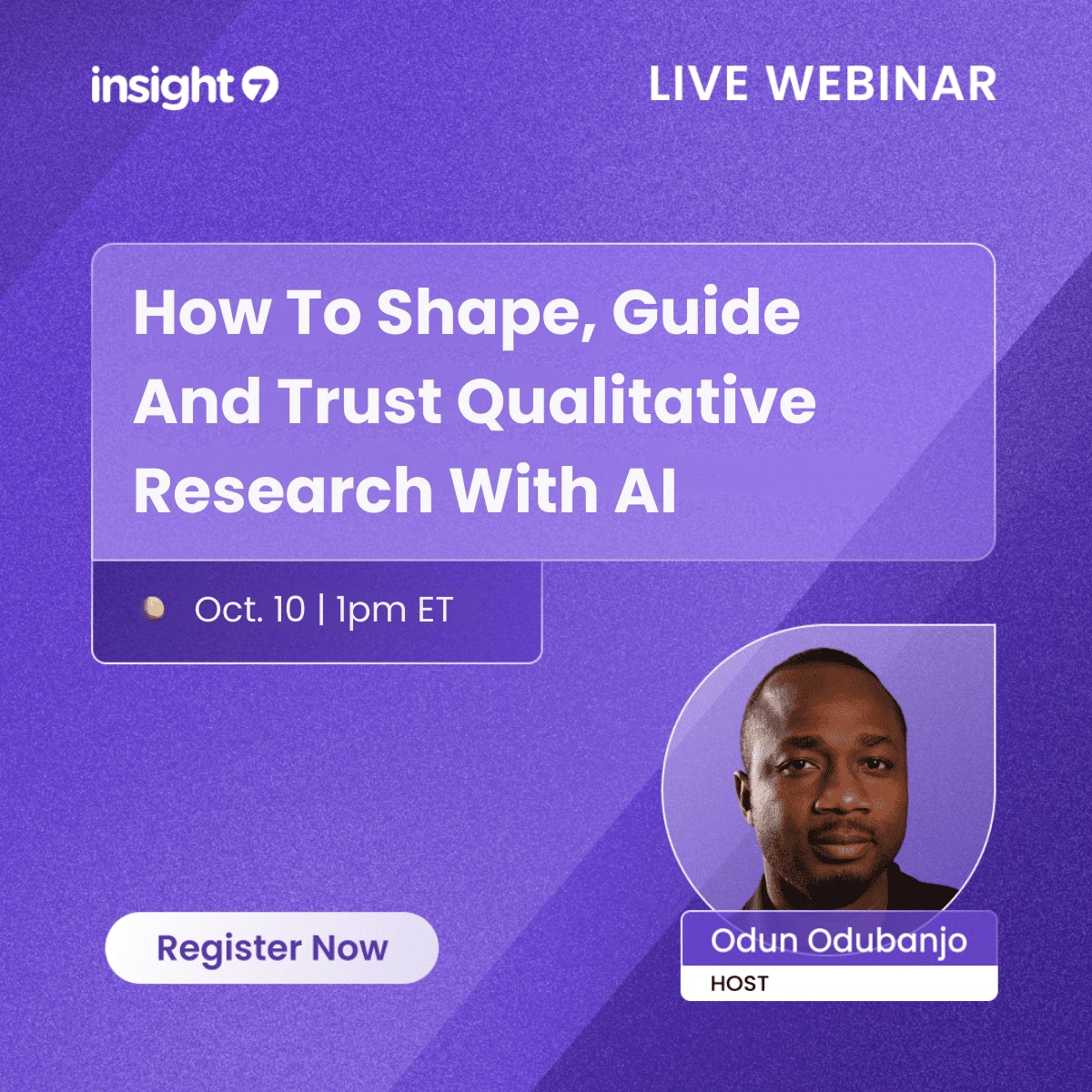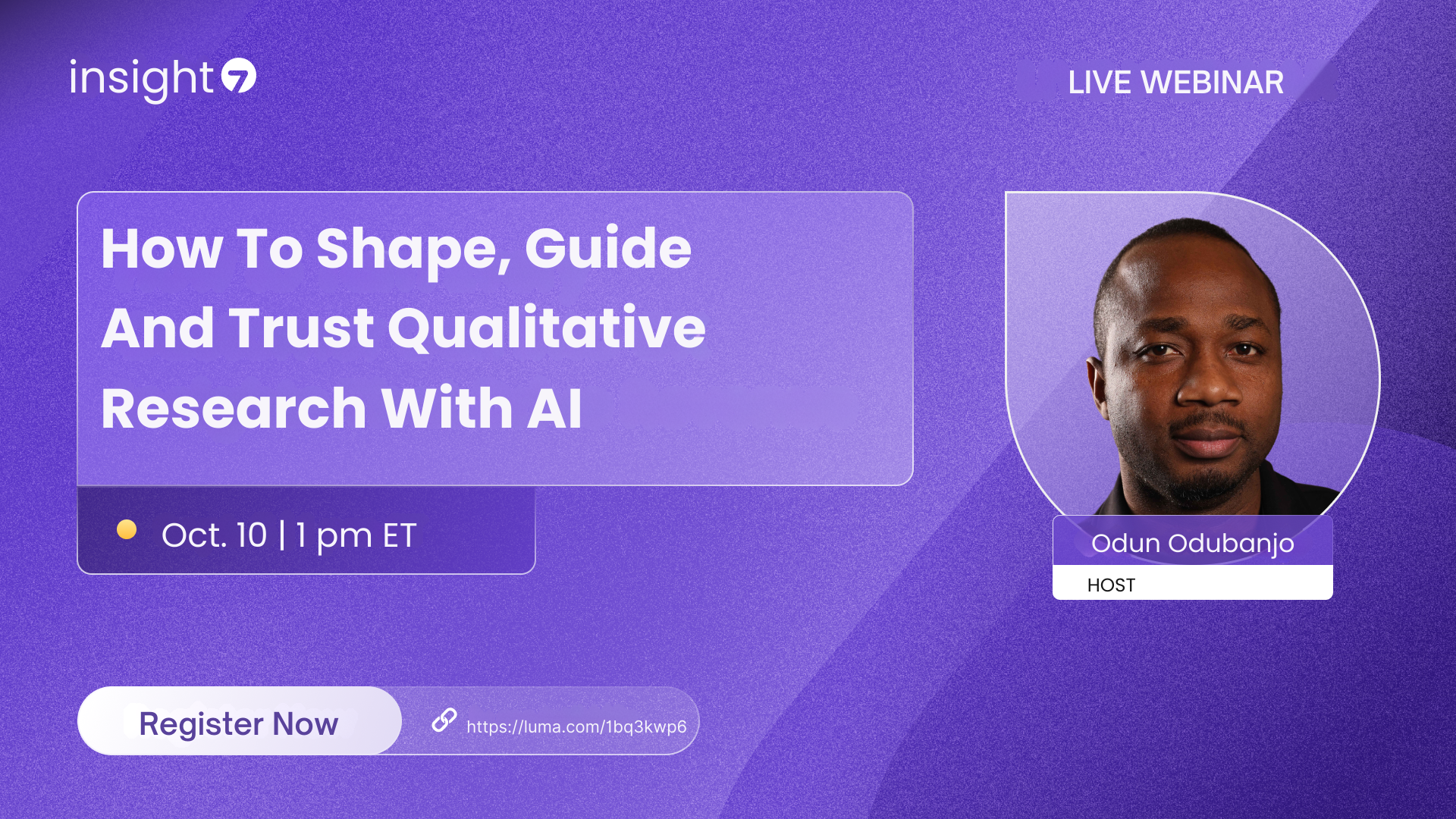Best AI Tools for Analyzing Stakeholder Retention
-
Bella Williams
- 10 min read
Stakeholder Retention Analysis begins with understanding the intricate relationships that organizations maintain with their stakeholders. In today’s dynamic business environment, retaining stakeholders is pivotal for long-term success. Effective analysis not only highlights the needs and expectations of these vital parties, but it also assists in crafting strategies that foster engagement and loyalty.
To achieve meaningful outcomes, organizations must implement robust methods to measure stakeholder satisfaction. This involves utilizing advanced tools that can process large datasets and provide actionable insights. Ultimately, Stakeholder Retention Analysis serves as a foundation for enhancing communication and building lasting partnerships, ensuring that organizations thrive in a competitive landscape.
Analyze & Evaluate Calls. At Scale.

Key Factors in Stakeholder Retention Analysis
Stakeholder Retention Analysis is essential for organizations aiming to maintain strong relationships with their stakeholders. Key factors influencing this analysis include understanding stakeholder needs and measuring satisfaction levels. By closely observing what stakeholders expect, organizations can tailor their approach to foster loyalty and long-term engagement.
Another vital aspect is the measurement of stakeholder satisfaction. This involves utilizing various metrics to assess how stakeholders feel about interactions and services provided. Methods such as surveys and feedback tools can offer valuable insights into stakeholder experiences. Tracking changes in satisfaction over time allows organizations to adapt strategies, address grievances, and ultimately enhance retention. Focusing on these elements can significantly improve overall stakeholder relations and lead to more effective retention strategies.
Understanding Stakeholder Needs
Understanding stakeholder needs is crucial for any organization aiming to enhance stakeholder retention analysis. To effectively identify these needs, one must first engage directly with stakeholders through meaningful conversations. This consultative approach helps uncover their expectations and pain points, which can significantly influence retention strategies. By fostering genuine dialogues, organizations can move from merely accepting orders to providing tailored support and solutions.
Next, it is essential to analyze the data generated from these interactions. Utilizing AI tools can streamline this process, allowing for the synthesis of insights that reflect stakeholder sentiments. Techniques such as sentiment analysis help clarify how stakeholders feel about various aspects of the organization’s offerings. Additionally, creating feedback loops based on these insights facilitates continuous improvement in stakeholder relations, ultimately leading to higher retention rates. Understanding what drives stakeholder loyalty equips organizations to adapt proactively, ensuring they remain aligned with stakeholder needs over time.
Exploring the importance of identifying and understanding the needs and expectations of stakeholders.
Identifying and understanding the needs and expectations of stakeholders is crucial for effective Stakeholder Retention Analysis. Stakeholders encompass a broad group, including customers, employees, partners, and investors, each with unique perspectives and demands. Recognizing these diverse requirements ensures that organizations remain aligned with their stakeholders, fostering engagement and trust. When stakeholders feel heard and valued, their loyalty increases, significantly enhancing retention rates.
To facilitate this understanding, organizations can employ various strategies. First, gathering qualitative and quantitative feedback helps elucidate stakeholder sentiments. Next, using advanced analytics tools can transform this data into actionable insights, allowing companies to measure satisfaction and adapt strategies accordingly. Finally, regular assessments can guide organizations in refining their approach, addressing emerging expectations promptly. By prioritizing stakeholder needs, companies not only improve retention but also strengthen their overall market position.
Measuring Stakeholder Satisfaction
To gauge stakeholder satisfaction effectively, various methods and metrics can be utilized, each providing valuable insights. Stakeholder retention analysis starts with soliciting feedback through surveys or interviews to understand their experiences and concerns. This proactive approach allows organizations to pinpoint specific satisfaction drivers and areas needing improvement.
Furthermore, analyzing engagement metrics is crucial. For instance, tracking communication frequency and response times can highlight how well stakeholders feel acknowledged and valued. This quantitative data, combined with qualitative feedback, creates a comprehensive view of overall satisfaction. By focusing on these diverse measurement strategies, organizations can foster stronger relationships with stakeholders, ultimately enhancing retention and loyalty. Regular assessments help ensure ongoing alignment with stakeholder expectations and evolving market needs, reinforcing the commitment to satisfaction.
Discussing methods and metrics used to evaluate stakeholder satisfaction and its impact on retention.
Evaluating stakeholder satisfaction is crucial for maintaining robust retention rates. Various methods and metrics can effectively assess this satisfaction. Surveys and questionnaires are widely used to gain direct feedback from stakeholders about their experiences and expectations. By employing Net Promoter Score (NPS) or Customer Satisfaction Score (CSAT), organizations can quantify stakeholder sentiments, giving them actionable insights into their preferences.
Another method involves analyzing stakeholder engagement behavior through digital interactions. Metrics such as website visits, content engagement, and social media interactions help gauge satisfaction levels. Combining qualitative and quantitative data enriches Stakeholder Retention Analysis, allowing organizations to identify areas of improvement. Ultimately, understanding these methods not only pinpoints satisfaction but also sheds light on its significant impact on retention. Satisfied stakeholders are more likely to remain loyal, making ongoing evaluation essential for long-term success.
Best AI Tools for Stakeholder Retention Analysis
In the realm of Stakeholder Retention Analysis, the right AI tools can make a significant difference in understanding stakeholder behaviors and improving engagement strategies. By employing these advanced technologies, organizations can generate deeper insights that help maintain stakeholder relationships and boost retention rates. The landscape of AI tools is diverse, offering various features tailored to meet different analytical needs.
Several specific tools stand out in the context of Stakeholder Retention Analysis. Firstly, Insight7 employs AI to analyze stakeholder interactions comprehensively, revealing trends and behaviors. Next, Salesforce Einstein personalizes engagement efforts, optimizing the way organizations connect with stakeholders. Tableau excels in visual representation, making it easier to interpret complex stakeholder data effectively. IBM Watson Analytics taps into cognitive computing to provide actionable insights, while Google Analytics focuses on tracking digital interactions to inform better engagement strategies. These tools collectively empower organizations to enhance their retention analysis and foster strong stakeholder relationships.
Insight7: AI-Driven Stakeholder Insights
AI-driven stakeholder insights enable organizations to analyze stakeholder behaviors and trends more effectively. By utilizing advanced machine learning algorithms, these tools can sift through vast amounts of data generated from various interactions, offering valuable insights into stakeholder preferences and satisfaction levels. Companies capable of quickly interpreting this information are often better positioned to adjust their strategies and improve retention rates.
To maximize the benefits of AI-driven insights, consider the following approaches:
- Real-Time Data Analysis: Streamlining data processing allows companies to make informed decisions promptly.
- Predictive Analytics: Leveraging historical data helps forecast future stakeholder needs and enhances engagement strategies.
- Sentiment Analysis: Understanding stakeholder sentiment through feedback can guide adjustments to services or products.
- Collaboration Tools: Centralizing insights fosters better communication within teams, making it easier to implement strategies effectively.
Incorporating these techniques can significantly enhance stakeholder retention analysis, driving better outcomes and mutually beneficial relationships.
A comprehensive tool that leverages AI to deliver deep insights into stakeholder behaviors and trends.
A comprehensive tool that provides deep insights into stakeholder behaviors and trends is crucial for organizations aiming to enhance Stakeholder Retention Analysis. By utilizing advanced algorithms, this tool analyzes various interaction data and identifies patterns in stakeholder behavior. Its ability to process large volumes of information ensures that organizations can quickly gain meaningful insights, leading to more informed decision-making.
In addition to understanding stakeholder preferences, the tool offers features that allow for segmentation, enabling businesses to tailor their strategies effectively. This personalization is vital for improving stakeholder satisfaction and building long-term relationships. With easy accessibility, team members across different departments can interact with the data, promoting a culture of data-driven insights. Ultimately, such comprehensive tools not only support stakeholders but also pave the way for sustainable retention strategies that align with evolving market dynamics.
Extract insights from interviews, calls, surveys and reviews for insights in minutes
Salesforce Einstein: Personalized Engagement
Salesforce Einstein empowers organizations to enhance personalized engagement with stakeholders, driving better retention outcomes. By employing advanced AI algorithms, it analyzes stakeholder data to predict interactions and tailor communications effectively. This personalization enables businesses to develop strategies that resonate deeply with stakeholder preferences, creating a more meaningful connection.
To optimize stakeholder retention, consider the following approaches:
- Data-Driven Personalization: Utilize comprehensive data analysis to understand stakeholder preferences and behaviors. This enables more effective outreach and tailored engagement.
- Predictive Insights: Implement predictive analytics to identify at-risk stakeholders, allowing preemptive measures to be put in place that reinforce relationships.
- Continuous Feedback Loops: Encourage regular feedback collection to adapt engagement strategies dynamically, aligning them with evolving stakeholder needs.
These targeted strategies foster a sense of loyalty and encourage long-term partnerships, ultimately enhancing stakeholder retention analysis and effectiveness. By leveraging AI capabilities, organizations can transform their engagement paradigms, driving sustained loyalty and success.
Utilizes AI to personalize and optimize stakeholder engagement strategies.
Utilizing AI to personalize and optimize stakeholder engagement strategies is a transformative approach that enhances stakeholder retention analysis. By employing advanced algorithms, companies can tailor their communications and interactions based on individual stakeholder preferences and behaviors. This hyper-personalization fosters a deeper connection, increasing the likelihood of long-term engagement.
AI tools analyze vast amounts of data from stakeholder interactions, pinpointing patterns and trends. These insights help organizations anticipate stakeholder needs and adapt their strategies accordingly. For instance, AI-driven platforms can segment stakeholders based on their preferences, allowing businesses to craft targeted messages that resonate more profoundly. As a result, this level of personalization not only meets stakeholder expectations but also encourages loyalty, ultimately boosting retention rates.
To achieve effective stakeholder engagement, consider the following strategies:
- Data Analysis: Utilize AI to analyze stakeholder interactions.
- Segmentation: Classify stakeholders based on their behaviors and preferences.
- Targeted Messaging: Customize communications to suit the identified segments.
- Feedback Mechanisms: Implement AI tools to gather and analyze feedback.
These methods enable organizations to create a dynamic engagement strategy that evolves with stakeholder interests, significantly enhancing overall retention outcomes.
Tableau: Visual Analytics for Stakeholder Data
Tableau shines as a powerful tool for Stakeholder Retention Analysis through its capacity to visualize complex data effectively. It allows users to transform raw stakeholder data into engaging dashboards, making it easier to identify patterns and trends. With its intuitive interface, stakeholders can explore metrics related to satisfaction, engagement, and retention rates, leading to deeper understanding and informed decision-making.
Leveraging Tableau’s analytical capabilities enables organizations to present data clearly, supporting strategic initiatives focused on stakeholder needs. For instance, users can effortlessly segment data by demographics or engagement levels, allowing targeted retention strategies. From visualizing feedback trends to comparing stakeholder satisfaction across different regions, Tableau enhances the analysis process. Ultimately, embracing this tool not only facilitates better insights but also fosters more impactful stakeholder engagement, crucial for sustained retention.
Offers robust visualization capabilities to analyze and present stakeholder data effectively.
Effective stakeholder retention relies heavily on the ability to visualize and understand data. Tools that offer robust visualization capabilities, such as Tableau, empower users to transform complex stakeholder data into intuitive graphical representations. Visualization is key to grasping patterns, trends, and insights that are essential for effective stakeholder retention analysis. This allows businesses to identify areas of concern, recognize opportunities for improvement, and develop targeted strategies that resonate with stakeholders.
By presenting data in visually appealing formats, teams can engage stakeholders more effectively. This empowers decision-makers to interpret data at a glance and fosters a collaborative environment where insights can be shared easily. In summary, the integration of advanced visualization tools enhances the analysis process, making it simpler to uncover vital insights that support stakeholder retention strategies. Consequently, organizations can create more informed decisions that drive engagement and satisfaction among their stakeholders.
IBM Watson Analytics: Cognitive Computing Insights
IBM Watson Analytics provides a unique approach to cognitive computing insights, specifically aimed at enhancing stakeholder retention analysis. Through advanced analytics and natural language processing, it allows users to process and visualize large datasets effortlessly. This empowers organizations to uncover hidden patterns in stakeholder behaviors, helping to decipher complex relationships and sentiments that impact retention.
In utilizing this tool, professionals gain the ability to extract actionable insights from various data sources, including customer feedback and interaction logs. This functionality enables targeted strategies that directly address stakeholder needs and concerns. By employing advanced queries and comparative analyses, organizations can identify trends and anomalies across different groups or locations. Thus, IBM Watson Analytics serves as a valuable resource in the toolkit for effective stakeholder retention strategies, allowing organizations to navigate the intricacies of stakeholder relationships more effectively.
Provides advanced analytics and natural language processing to extract actionable insights on stakeholders.
Advanced analytics and natural language processing play a crucial role in extracting actionable insights related to stakeholders. By processing large volumes of data, these technologies identify patterns and trends that are essential for stakeholder retention analysis. For example, utilizing these techniques can uncover key pain points and desires among stakeholders, allowing organizations to address these issues effectively.
Furthermore, natural language processing enables the analysis of qualitative data, such as customer feedback and conversations. This analysis provides deeper understanding of stakeholders' sentiments and motivations. By harnessing these insights, organizations can tailor their strategies to enhance engagement and satisfaction, ultimately improving retention rates. The synergy of advanced analytics and natural language processing empowers businesses to make data-driven decisions grounded in a comprehensive understanding of their stakeholders, ensuring a more strategic approach to retention.
Google Analytics: Tracking Stakeholder Interactions
Google Analytics plays a vital role in Stakeholder Retention Analysis by tracking stakeholder interactions across various digital platforms. Utilizing this powerful tool enables organizations to gain insights into how stakeholders engage with their content and services. Understanding these interactions is crucial for developing effective retention strategies, as it allows organizations to pinpoint what resonates with their audience.
Moreover, Google Analytics provides metrics that showcase real-time user behavior, including session duration and page views. By analyzing this data, organizations can identify trends and patterns in stakeholder preferences, paving the way for targeted engagement efforts. The insights from Google Analytics can guide content adjustments and marketing campaigns, ultimately improving stakeholder satisfaction and loyalty. By capitalizing on these analytics, organizations can foster stronger relationships with their stakeholders, enhancing overall retention efforts and driving long-term success.
Helps track and analyze stakeholder interactions across digital platforms for better retention strategies.
Effective tracking and analysis of stakeholder interactions across digital platforms is crucial for formulating better retention strategies. By understanding the nuances of these engagements, businesses can identify trends and patterns that reveal how stakeholders perceive and interact with the organization. This analysis helps in pinpointing areas for improvement, allowing companies to tailor their approaches for enhanced satisfaction.
To achieve effective Stakeholder Retention Analysis, several key actions are essential:
Monitor Engagement Across Channels: Regularly track interaction data from websites, social media, and email. This can provide insights into stakeholder preferences and behaviors.
Assess Communication Effectiveness: Evaluate how well stakeholders are responding to outreach efforts. Analyze the tone, content, and channels used for communication to ensure alignment with stakeholder expectations.
Gather Feedback Continuously: Implement mechanisms to collect real-time feedback from stakeholders. Surveys, focus groups, and direct conversations can enhance the understanding of stakeholder sentiments.
Utilize Advanced Analytics: Leverage AI tools for data analysis to uncover hidden insights about stakeholder behaviors, leading to informed decision-making.
By employing these strategies, organizations can refine their retention tactics and foster stronger relationships with their stakeholders.
Conclusion on Effective Stakeholder Retention Analysis
In conclusion, effective stakeholder retention analysis is paramount for organizational success. By harnessing the capabilities of advanced AI tools, businesses can gain valuable insights into stakeholder preferences and behaviors. These tools not only enhance the understanding of stakeholder needs but also facilitate the measurement of satisfaction levels, ultimately improving retention rates.
As we look to the future, the role of artificial intelligence in stakeholder retention analysis will continue to evolve. Organizations that adopt these innovative technologies will likely find themselves better equipped to adapt to changing stakeholder expectations and build lasting relationships. Emphasizing a proactive approach to stakeholder retention can lead to increased engagement and, ultimately, greater business success.
Summarizing the importance of leveraging AI tools in enhancing stakeholder retention strategies and the future prospects of such technologies.
In the realm of Stakeholder Retention Analysis, the incorporation of AI tools is a game changer. These technologies empower organizations to uncover critical insights about stakeholder behaviors and preferences. By analyzing vast amounts of data, AI can help identify trends, pain points, and satisfaction levels that might otherwise remain hidden. This understanding allows for tailored strategies that greatly enhance stakeholder engagement and loyalty.
Looking ahead, the future prospects of AI in this area are promising. With continuous advancements in machine learning and data analytics, organizations can expect even more refined tools that provide real-time insights. This evolution will not only enable better decision-making but also facilitate proactive strategies for retention. As these technologies mature, they will increasingly become essential for organizations aiming to forge lasting relationships with stakeholders and adapt to their evolving needs.







